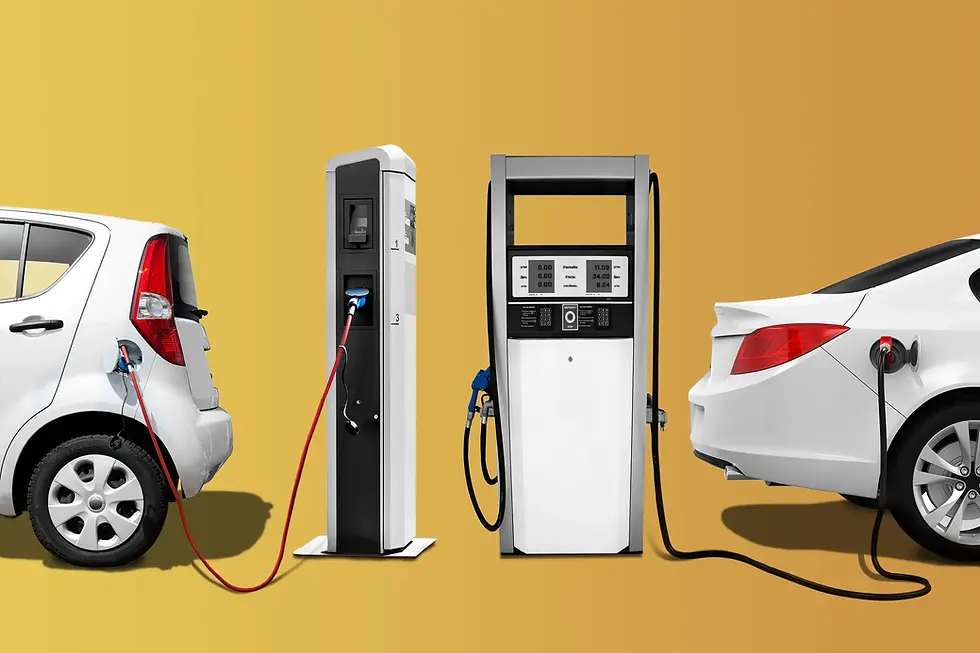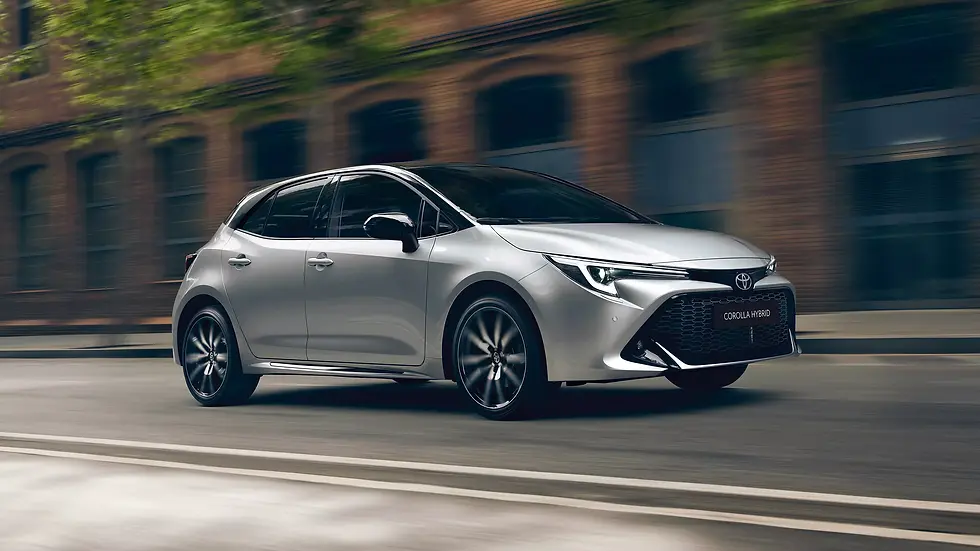Plug-In Hybrids: The Comeback Tech That Might Actually Make Sense...
- Mark Grey
- Jul 12
- 3 min read
It turns out EVs aren’t really the breakthrough automakers hoped they’d be. While early adopters were happy to ditch the gas pump for a charging cable, most car buyers are taking their time. So what’s a tech-savvy-but-practical driver supposed to do?
Enter the plug-in hybrid, aka the PHEV—a middle-ground solution that’s suddenly looking like the smartest play in a messy transition era.
First, the primary difference between a plug-in hybrid electric vehicle (PHEV) and a traditional hybrid is the ability to charge the battery from an external power source like a wall outlet or charging station in a PHEV. Traditional hybrids rely solely on regenerative braking and the gasoline engine to charge their batteries. This means PHEVs can operate for longer distances on pure electric power before the gasoline engine needs to take over, while traditional hybrids blend electric and gasoline power more seamlessly

Why Plug-In Hybrids Are Back in the Spotlight
A few years ago, PHEVs were stuck in the “neither here nor there” category. Most had tiny electric ranges, often under 20 miles. Great for a milk run, but useless for anything beyond a Target run and a coffee detour. Now? Not so much. Today’s PHEVs come with significantly larger batteries, with some offering over 60 miles of electric-only range—enough to handle the average American’s daily commute without burning a drop of gas.
And when the battery runs out? No problem. The gas engine kicks in and takes you wherever you need go. No need to pray for a charging station. Range anxiety? Cancelled.
The Appeal: Flexibility Without the Fuss

Think of a modern PHEV as a “best of both worlds” solution. You get electric-only driving for short trips and errands, and gasoline for longer drives. That’s a setup that works especially well in suburban or urban areas, where people rarely exceed 40–50 miles per day. And if you can plug in at home overnight? Even better. You’ll spend most of your week cruising on electrons and only wake up the gas engine when you’re headed out of town.
Automakers are clearly buying into the logic. BMW, Toyota, Hyundai, Jeep—they’re all investing in big-battery PHEVs. And some luxury brands that once claimed to be “all-in on EVs,” like Bentley, are now backpedaling and rolling out plug-in hybrids as part of a more balanced lineup.
The Trade-Offs: Not Quite the Holy Grail
Here’s the catch: PHEVs are still a compromise.
They’re heavier than standard hybrids or gas-only cars (thanks to the dual powertrains). They can be pricey. And on long-distance drives—when you’re mostly relying on the gas engine—they don’t always deliver impressive fuel savings. A regular hybrid or efficient gas engine might actually outperform a PHEV on a long road trip.
Take the Mercedes-Benz C300e. On paper, it’s a tech marvel—big battery, sleek looks, tons of power. On short trips? Amazing. But after a few hundred miles on the highway, its real-world MPG drops into the low 30s—no better than a regular gas-powered C-Class, which costs significantly less.

So, are PHEVs the solution for everyone? Not exactly. But if your routine fits their sweet spot—short daily drives with occasional longer trips—they’re hard to beat.
A Bridge, Not a Destination?
Some experts say PHEVs are just a stopgap tech—a bridge between the old world of gas and the fully electric future. That might be true. But what a convenient bridge it is.
And let’s be real: The “electric future” is taking longer than expected. Charging infrastructure still isn’t where it needs to be. Battery costs are improving, but slowly. Meanwhile, PHEVs are already here and already working well for lots of people.
Sure, they’re not perfect. But in an automotive landscape where EV promises are still outpacing reality, plug-in hybrids are starting to look like the smart choice.




Comments